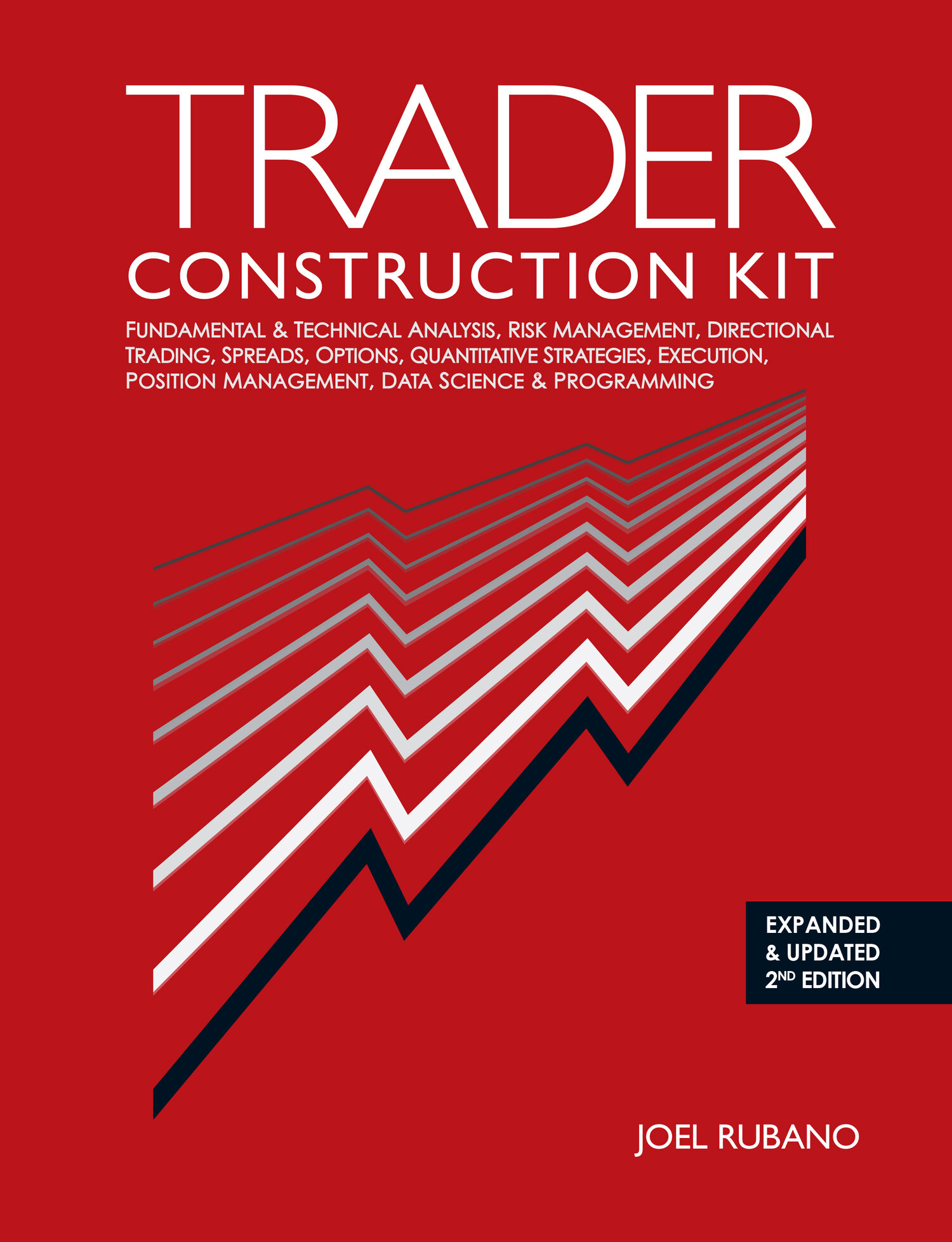The trader must also take into consideration the costs of executing and maintaining the position. Some will be fixed, known fees and others will depend on the market conditions and the time horizon over which the trader intends to hold the position. The principal costs are the bid-offer spread, slippage, brokerage and exchange fees, and the holding cost of credit or collateral.
The bid-offer spread acts as a transaction tax; the amount paid is a function of the market conditions and the trader’s skill. In general, traders assume that under normal conditions they will have to pay one full bid-offer spread, half when entering the position and half on exit. It may be possible to pay less in a negotiation-friendly market, or if a sudden uptick in interest acts to temporarily narrow the spread. In contrast, market-making traders attempt to earn the bid-offer spread by posting numbers that they hope other market participants will hit or lift, allowing them to get paid for putting on positions.
Slippage is the amount of value wasted between the time a trader starts executing and the time he amasses or distributes the desired exposure. A certain amount of slippage is unavoidable, unless the trader somehow manages to do 100% of the volume transacted in the market during the execution window and gets it all done at the same price. Slippage is almost impossible to quantify in advance, but the more deeply immersed in the market the trader is, the better he is able to gauge the potential impacts of transactional activity.
Most trades will involve paying a fee to the trading platform or brokerage for arranging the transaction. The trader may have to pay exchange fees for processing the transaction and clearing fees for routing it to the clearing broker. In most evolved markets the brokerage, exchange, and clearing fees will be a non-trivial but not onerous cost to the trader.
Credit and/or collateral costs can vary significantly from strategy to strategy, and have a large impact on the relative attractiveness of an array of alternatives. Unlike transaction-based fees that are paid once, the cost of financing the trader’s position across the anticipated holding period will depend on a host of factors, including the volatility of the product (which will impact the base-level margin requirements set by the exchange), the firm’s credit rating (which will impact the extra or the multiplier the clearing broker applies to the basic exchange margin requirements), the directionality of the exposure relative to positions already held by the clearing broker, etc.
Consider a trade with a potential $3.00 of upside and $1.00 of downside and a two-month intended holding period. A 3:1 risk-reward ratio would generally be a proposition that any trader would immediately seek to execute. When evaluating the relative attractiveness of the exposure the trader must also take into consideration the $0.25 bid/offer spread that she will have to pay away to a market-maker, a $0.01 brokerage charge and $0.01 clearing fee on both the buy and sell transactions, and $0.13 per month of financing costs to maintain the position. The $0.55 (= $0.25 + ($0.02 × 2) + ($0.13 × 2)) total that the trader must pay away in fees and costs adds to the cost of a loser and subtracts from the profits of a winner. In reality, the trader is risking $1.55 ($1.00 projected loss + $0.55 costs) to make $2.45 ($3.00 possible gain - $0.55 costs) for a risk-reward ratio of 2.45-to-1.55, which most traders would typically not entertain.
Traders have a tendency to underestimate the fees and costs inherent in their transactions for a variety of reasons. Some, like the bid-offer spread and the slippage, are difficult to fully assess without actually attempting to execute the transaction. Others, like the financing cost of holding the position, frequently end up being larger than expected as the trader clings to an exposure that with the hope that it will pay off someday.
From Chapter 12 - Evaluating Trades & Creating a Trading Plan, Pages 485-486.
To read more, click here. To purchase Trader Construction Kit, click here. To see future updates about new Excerpts, follow @TCK_JRubano on Twitter.
Excerpt from Trader Construction Kit Copyright © 2016 Joel Rubano. All rights reserved. No part may be reproduced in any form or by any electronic or mechanical means, including information storage and retrieval systems, without permission in writing from the publisher, except by reviewers, who may quote brief passages in a review.
